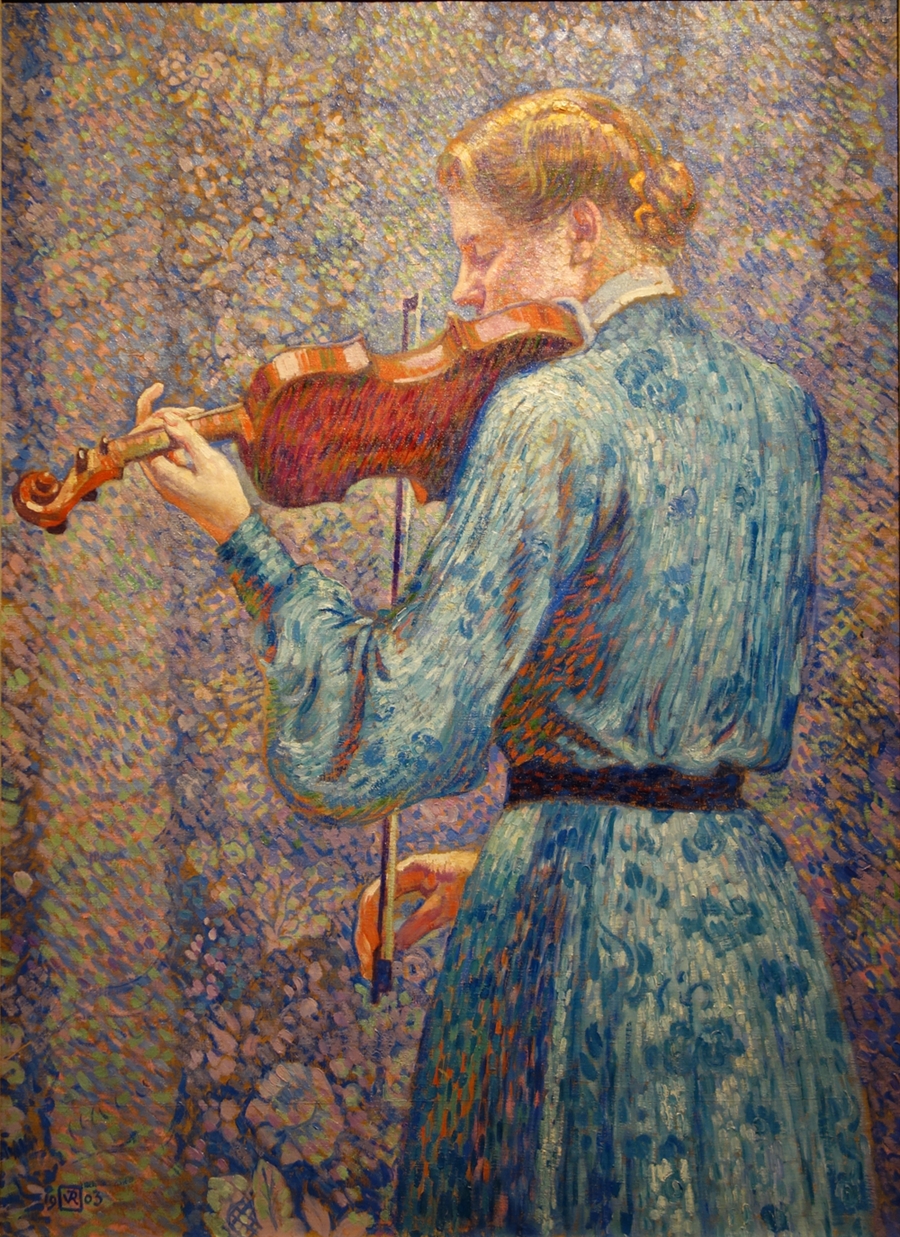"
The Oyster Eater" is an oil painting executed in 1882 by the
Belgian Expressionist artist James Ensor which is now in the collection of the Royal Museum of Fine Arts, Antwerp.
The genre work depicts the artist's sister Mitche eating oysters on her own at a well-appointed table replete with flowers, plates, wine and table linen.
Art critics were unapologetic about James Ensor's "The Oyster Eater".
"Offensive! Immoral! Vice!"
Yet there is not a streak of nudity to be seen, nor intimately entwined bodies.
So what was the problem?




.jpg)